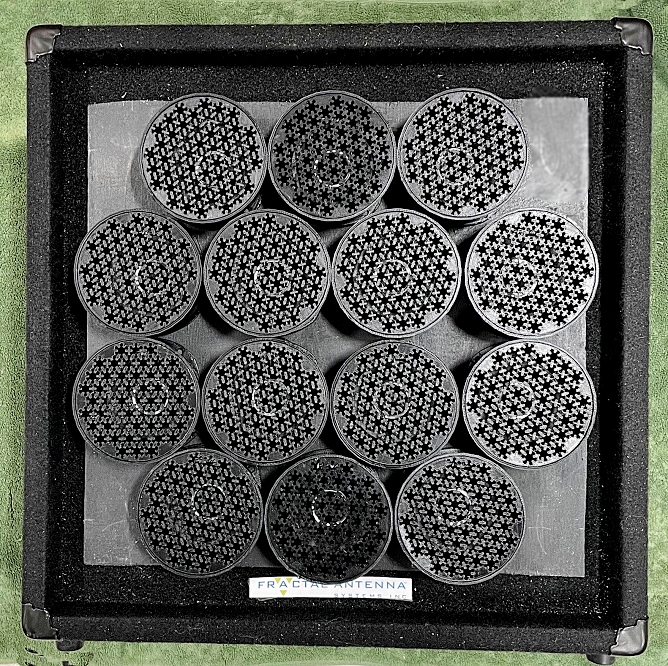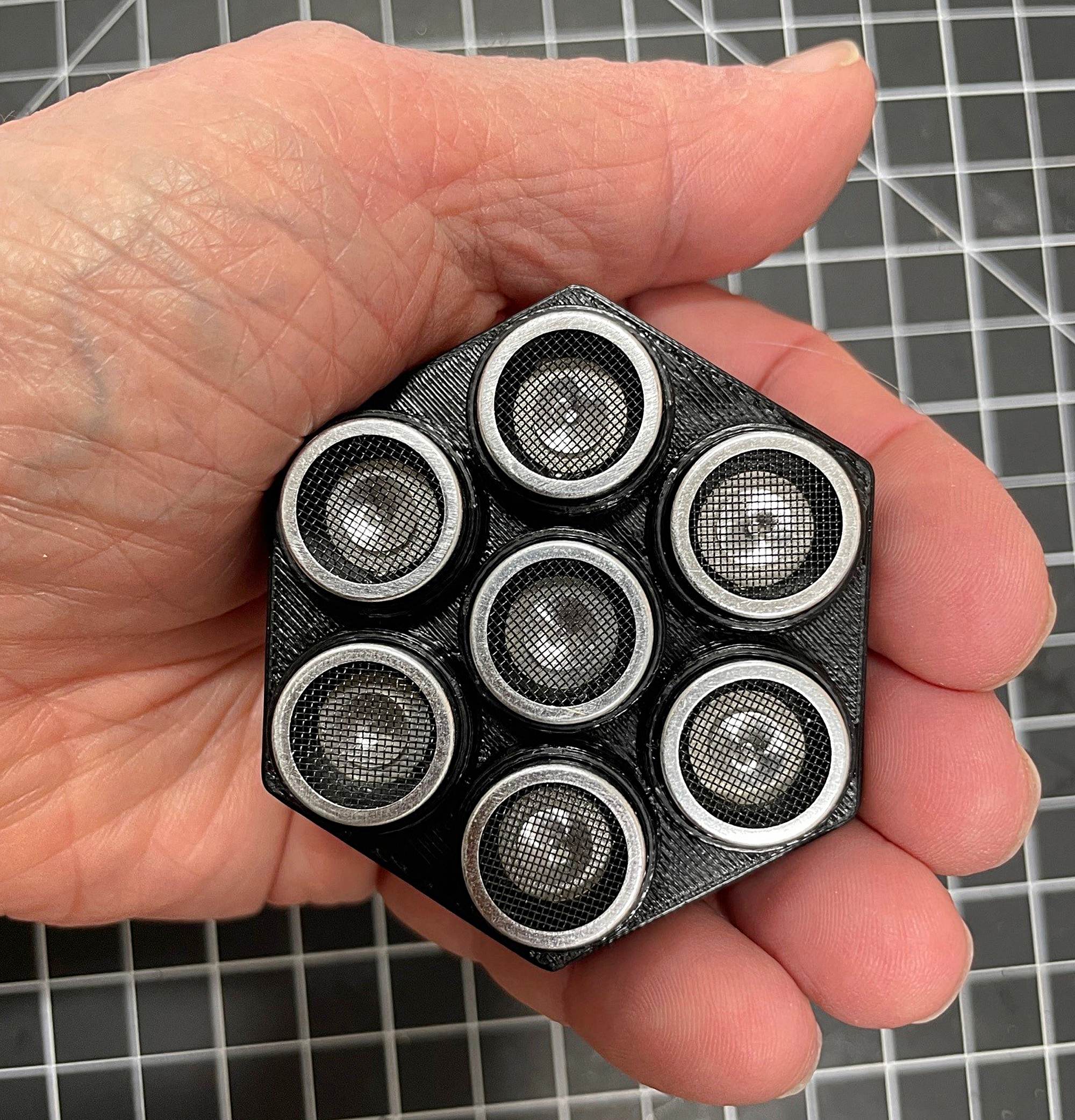– Fractal Antenna Systems, Inc. has unveiled Acoustic Resonance Mitigation (ARM), a pioneering technology that disables drones using directed acoustic energy.
ARM works by emitting sonic, ultrasonic, and/or subsonic waves at a drone, thereby inducing vibrations and /or Prandtl layer instability that will lead to flight failure. Propeller blades are especially vulnerable to ARM’s power, either by causing turbulence or transmitting vibrations to the IMU.
CEO Nathan Cohen and a colleague invented ARM technology, and it is backed by U.S. patents and pending patents licensed to FRACTAL. Cohen, an astrophysicist with 55 years of experience and 94 U.S. patents, was a professor in the Aerospace and Mechanical Engineering department at Boston University and is a subject matter expert in ultrasound and phased RF and acoustic arrays. Leveraging decades of multidisciplinary experience, Cohen foresaw the need, over a decade ago, for ARM, as quadcopter drones became both prevalent and a growing issue.
Cohen notes,
“The propellor blades become a driven oscillator from ARM, and even isolating the MEMS at the IMU from these oscillations is impractical, especially in smaller drones. The result is flight disruption.”
FRACTAL has led in RF jamming and antenna systems well over two decades. However, RF jamming is heavily restricted in the U.S., creating a legal gap in defense from drones. Cohen explains,
“You can’t legally shoot a drone or zap it with microwaves outside military settings. Lasers are costly and affected by humidity. ARM offers an effective alternative for government and enterprise security.”
With its antenna and array expertise, FRACTAL produced ARM’s acoustic arrays to target drones, especially at ultrasonic frequencies—inaudible to humans but highly disruptive to drones.

Acoustic ARM cannon array with sonic and ultrasonic option, for ground-based drone attack. Includes fractal metamaterial waveguides for enhanced acoustic power
ARM technology’s effectiveness has been demonstrated by foreign groups. “ARM has a patent priority of a decade, but ignoring that, foreign groups have claimed its creation and taken the technology successfully into the ‘prove out’ phase. We are, here in the US, beyond that stage; no surprise since we invented it.” Cohen stresses that the U.S. patents pre-date these efforts and ARM patent licensing is unavailable to foreign firms for U.S. markets.
ARM can be a cost-effective countermeasure for drones ranging from microdrones to pizza box-sized devices. Costing pennies per use, it is portable with a viable range. Cohen adds:
“ARM is designed to disable drones. And drones only. This is not a system for crowd or animal control and we are not using inefficient, parametric arrays to achieve our spectrum.”
In addition, in the battlefield, ARM can be attached to an attack drone or aerial support to help shut down adversarial drone swarms. Dubbed DRONE BLASTR, the patent pending in situ approach, also licensed to FRACTAL, promises to be an important new method for drone-swarm kills.

Portions of an ARM ‘button’ array (non parametric) for a DRONE BLASTR airborne drone. ARM attacks drones at acoustic frequencies
ARM is anticipated to be an important tool in the battlefield for friendly forces. And with rising concerns over drone use in illegal surveillance and drug smuggling, Cohen sees ARM as a vital tool to keep drones out of restricted areas and borders.
“ARM is a major facet of FRACTAL’s journey into drone defense and counter defense. It is a perfect complement to the fractal-based antenna and metamaterial products we are rolling out in these markets in the coming weeks. Government, public safety agencies, and related enterprises should explore partnering with FRACTAL as ARM moves towards product stages,” Cohen concluded.
Source: Fractal Antenna Systems

